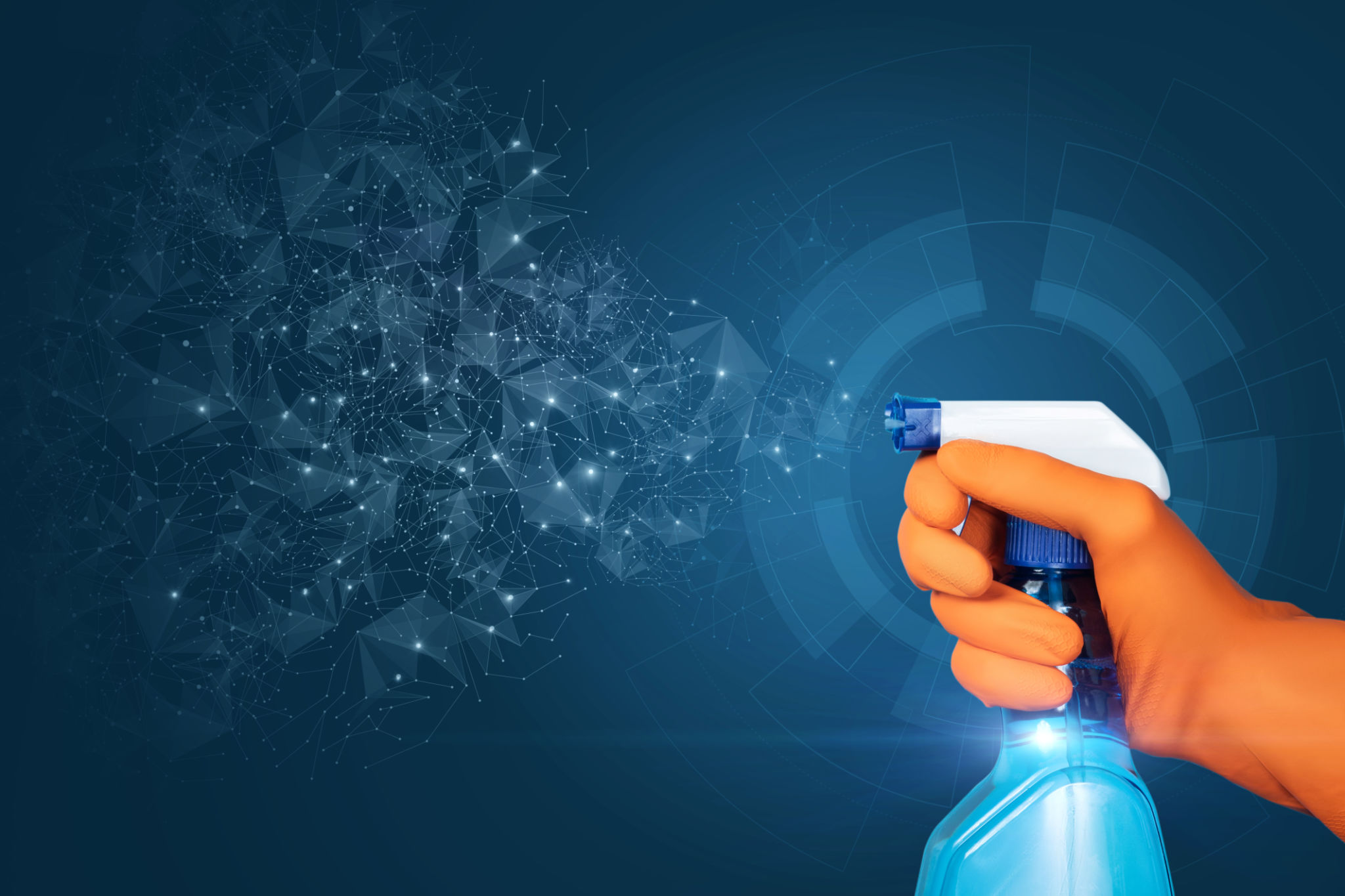Python for Data Science: A Comprehensive Guide for Beginners
Introduction to Python for Data Science
Python has become one of the most popular programming languages for data science, thanks to its simplicity and powerful libraries. Whether you are a beginner or looking to enhance your data skills, Python offers a versatile and efficient platform to explore data-driven insights. This guide will help you navigate through the essentials of using Python for data science.
Why Choose Python?
Python's popularity in data science stems from its ease of use and extensive library support. Its syntax is simple and readable, making it accessible for beginners. Moreover, Python is open-source and has a vibrant community that continuously contributes to its growth. The combination of these factors makes Python an ideal choice for data science projects.

Getting Started with Python
Before diving into data analysis, you need to set up your Python environment. You can start by installing Python from its official website. It’s recommended to use Anaconda, a distribution that simplifies package management and deployment, especially for data science purposes.
Essential Libraries
Python's strength in data science lies in its libraries. Here are a few essential ones to get you started:
- NumPy: For numerical computations and handling arrays.
- Pandas: To manipulate and analyze data structures.
- Matplotlib: For creating static, interactive, and animated visualizations.
- SciPy: For advanced mathematical operations.
- Scikit-learn: For machine learning and data mining tasks.

Data Analysis with Pandas
Pandas is a powerful library for data manipulation and analysis. It allows you to work with data in a structured way using DataFrames, which are similar to tables in a database or Excel spreadsheet. With Pandas, you can perform various operations such as filtering, grouping, merging, and pivoting data efficiently.
Cleaning and Preparing Data
Data cleaning is a crucial step in the data science workflow. Pandas provides functions to handle missing values, remove duplicates, and transform data types, ensuring your dataset is ready for analysis. This process not only improves the quality of the data but also helps in deriving meaningful insights.

Data Visualization with Matplotlib
Visualizing data is an essential part of any data science project. Matplotlib is one of the most widely used libraries for creating visualizations in Python. It offers a variety of plots such as line charts, histograms, scatter plots, and more, allowing you to present data visually to identify patterns and trends effectively.
Advanced Visualization Techniques
Beyond basic plots, Matplotlib can be used for more advanced visualizations by integrating with other libraries like Seaborn. Seaborn builds on Matplotlib’s capabilities by providing a high-level interface for drawing attractive statistical graphics. This can enhance your ability to communicate complex data insights more clearly.

Diving into Machine Learning with Scikit-learn
Once you have cleaned and visualized your data, the next step is applying machine learning algorithms to uncover deeper insights. Scikit-learn is an invaluable library for implementing machine learning models in Python. It provides tools for building models like regression, classification, clustering, and more.
Building Your First Model
Starting with Scikit-learn is straightforward. You can quickly build a simple model by importing the necessary classes from the library, fitting them to your dataset, and evaluating their performance using built-in metrics. This process demystifies the complexities of machine learning, making it accessible even for beginners.

Conclusion
Python's versatility and comprehensive ecosystem make it a top choice for data science enthusiasts. By mastering its libraries and tools, you can turn raw data into actionable insights. As you continue your journey with Python for data science, remember that practice is key to mastering this powerful language and unlocking its full potential.